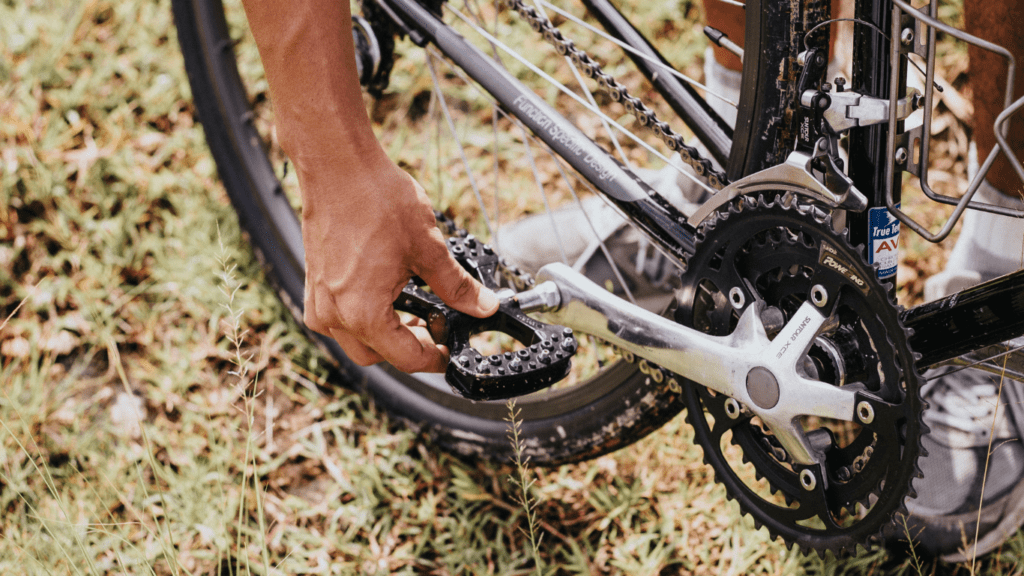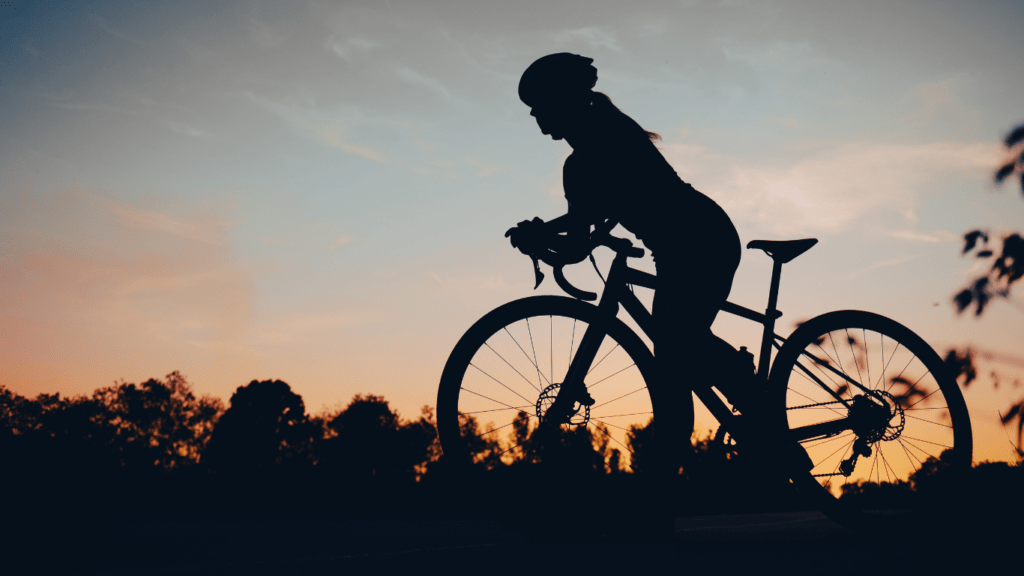Understanding Common Beginner Cycling Mistakes
New cyclists often face hurdles that can dampen their enthusiasm. By knowing these pitfalls, one can elevate their cycling experience.
-
Choosing the Wrong Bike
Selecting the wrong bike type causes discomfort and impacts performance. For instance, a road bike suits pavement riding, while a mountain bike excels off-road.
Beginners should assess their needs and consult experienced cyclists or visit bike shops for advice.
-
Incorrect Seat and Handlebar Adjustment
Improper seat or handlebar adjustments lead to discomfort and injuries. Set the seat height so the knee maintains a slight bend during pedaling.
Ensure handlebars match your reach; too high, and you strain; too low, and you compromise control.
-
Neglecting Bike Maintenance
Ignoring bike maintenance results in avoidable issues. Regularly check tire pressure, brakes, and the drivetrain.Lubricate the chain every few rides and schedule professional servicing annually to keep the bike in top condition.
Essential Gear and Equipment for New Cyclists

Selecting the right gear is crucial for enhancing comfort and safety on your cycling adventures. Here are key items new cyclists should consider.
Appropriate Cycling Clothing
Wearing the right clothing makes all the difference. Padded shorts reduce saddle soreness during long rides. Look for moisture-wicking materials to keep dry and comfortable.
A well-fitted jersey allows better aerodynamics and temperature control. Proper cycling gloves enhance grip and reduce hand fatigue.
Necessary Safety Gear
Safety gear is non-negotiable for every cyclist. A well-fitted helmet is essential to protect your head in case of falls. Invest in front and rear lights to ensure visibility in low-light conditions.
Reflective clothing or accessories increase visibility to motorists. Don’t forget a bell or horn to alert pedestrians and other cyclists.
By equipping yourself with appropriate clothing and necessary safety gear, you can enjoy a safer and more comfortable ride.
Tips to Improve Cycling Technique
Optimizing your cycling technique can greatly enhance your performance and reduce the risk of injury. Here are some key areas to focus on.
Mastering the Pedal Stroke
A smooth pedal stroke boosts efficiency. Focus on a full circular motion rather than just pushing down.
Engage different muscle groups by pulling up at the bottom, sweeping back at the back, and lifting up at the top of the stroke. Use clipless pedals to help maintain proper foot position and facilitate this motion.
Learning to Brake and Shift Properly
Proper braking and shifting extend the lifespan of your bike and improve control. Apply both brakes evenly for smooth stopping.
Practice feathering brakes to modulate speed without skidding. Shift to an easier gear before you need it, especially before climbing hills, to maintain momentum.
Avoid cross-chaining by staying within a comfortable range of gears, minimizing wear on the drivetrain.
Handling Various Riding Conditions
Cycling offers diverse conditions, each presenting unique challenges. Addressing these ensures a safer, more enjoyable ride.
Riding in Traffic
Navigating traffic demands vigilance and adherence to rules. I always use hand signals to communicate intentions to drivers. When approaching intersections, I stay visible by occupying the center of the lane.
I avoid riding too close to parked cars to prevent “dooring” accidents. Wearing bright or reflective gear increases visibility. I also make eye contact with drivers whenever possible.
Dealing With Weather and Terrain
Adapting to weather and terrain differences is essential. In rain, I reduce speed and increase following distance since wet roads reduce traction.
I wear waterproof gear, including:
- jacket
- gloves
- shoe covers
to stay dry. For windy conditions, I lower my body position for aerodynamic advantage, gripping the handlebars firmly.
On hilly terrain, I maintain a steady cadence, shifting to lower gears on inclines and higher gears on descents. Tire pressure adjustments improve handling on rough or loose surfaces.

 Hello, I'm Henry Kirkland, and I’m proud to be part of the Cycle Smooth Ride Long team. Cycling is more than just a sport for me—it’s a way of life. I’m here to share my passion and expertise with you, helping you navigate the world of cycling with confidence and joy.
Whether you’re a beginner looking to get started or a seasoned rider aiming to refine your skills, my goal is to provide you with the insights, tips, and guidance you need to make the most of your cycling journey. At Cycle Smooth Ride Long, we’re dedicated to creating a community where cyclists of all levels can connect, learn, and grow together.
Hello, I'm Henry Kirkland, and I’m proud to be part of the Cycle Smooth Ride Long team. Cycling is more than just a sport for me—it’s a way of life. I’m here to share my passion and expertise with you, helping you navigate the world of cycling with confidence and joy.
Whether you’re a beginner looking to get started or a seasoned rider aiming to refine your skills, my goal is to provide you with the insights, tips, and guidance you need to make the most of your cycling journey. At Cycle Smooth Ride Long, we’re dedicated to creating a community where cyclists of all levels can connect, learn, and grow together.
